Recombinant DNA was perfected
In 1974, the modern era of biotechnology began when Stanley Cohen of Stanford University and Herbert Boyer of…

In 1974, the modern era of biotechnology began when Stanley Cohen of Stanford University and Herbert Boyer of…
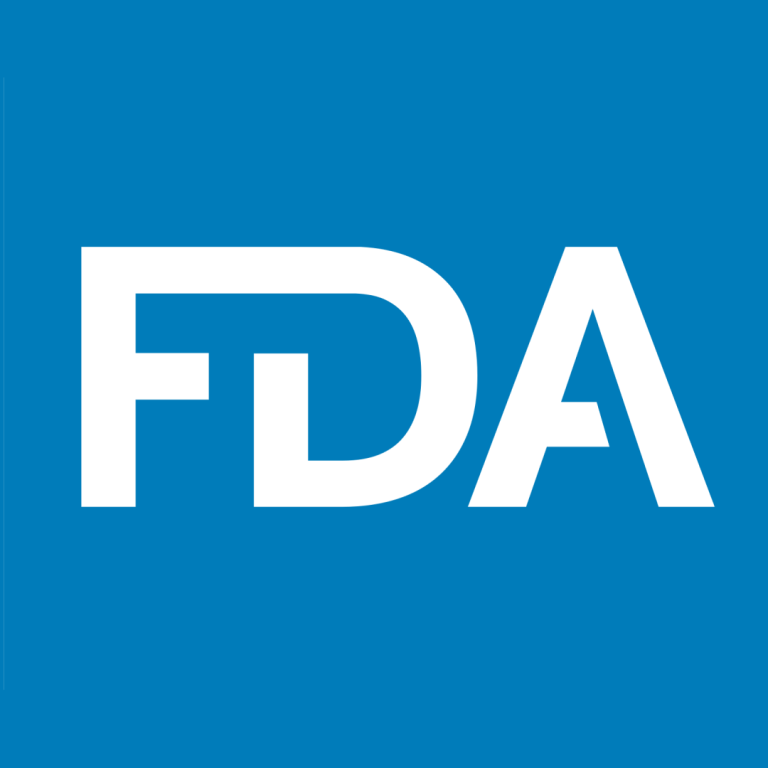
In 1974, the U.S. Food and Drug Administration (FDA) approved doxorubicin (Adriamycin), an antitumor anthracycline antibiotic from Streptomyces…

In 1974, Bioversity International was established as the International Board for Plant Genetic Resources (IBPGR) to coordinate an…

In 1974, n an attempt to bring order to the loosely structured state/federal new-crops research program, the National…
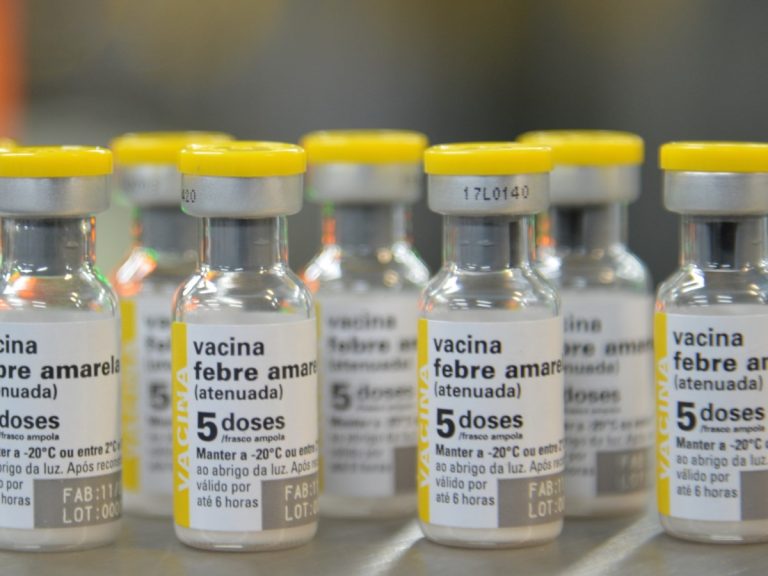
In 1974, the Expanded Programme on Immunization was created within World Health Organization (WHO) in response to poor…

In 1974, ground was broken on The Scripps Clinic and Research Foundation’s new site on the Torrey Pines…
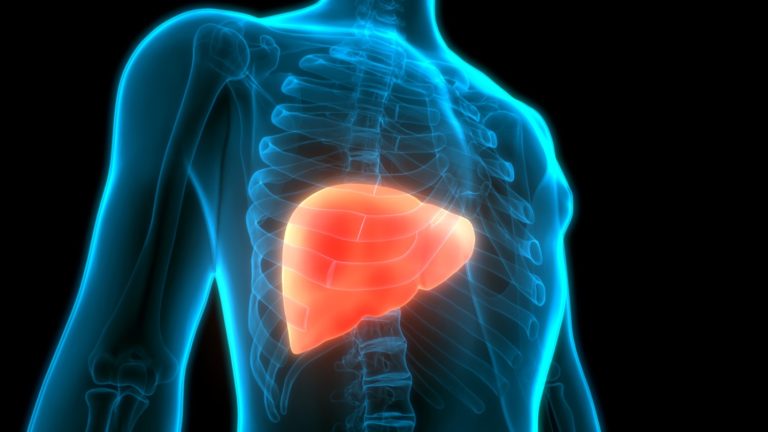
In 1974, Stanford Medicine researcher William S. Robinson successfully isolated the genome of the hepatitis B virus, which is…
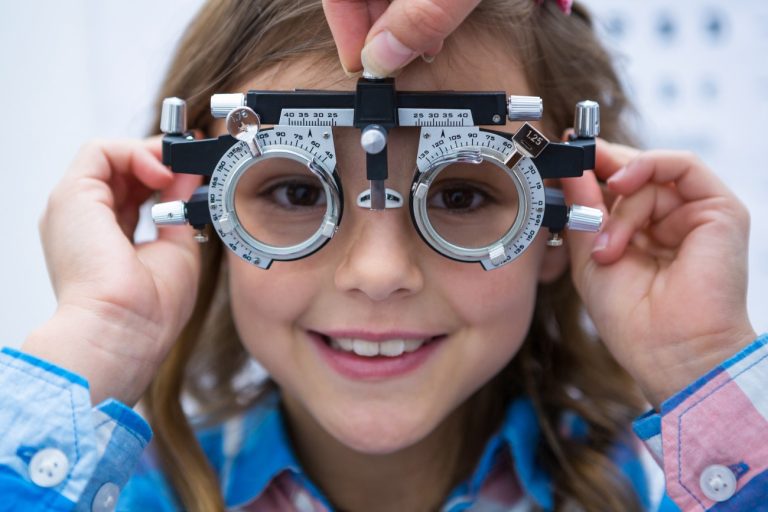
In 1974, the University of Southern California established an ophthalmology department. Today, the Keck Department of Ophthalmology is…
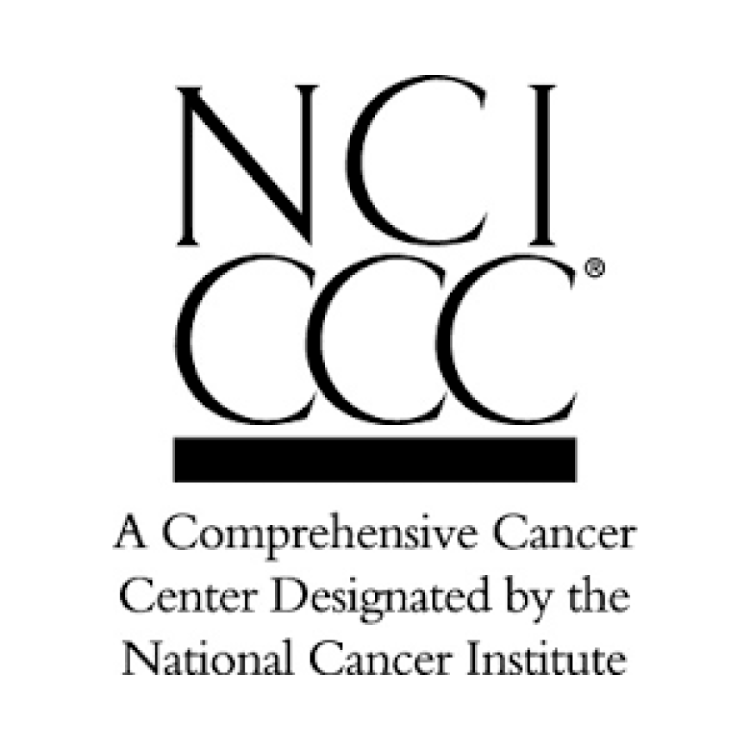
In 1974, Yale Cancer Center received a National Cancer Institute (NCI) designated comprehensive cancer center status, the only…
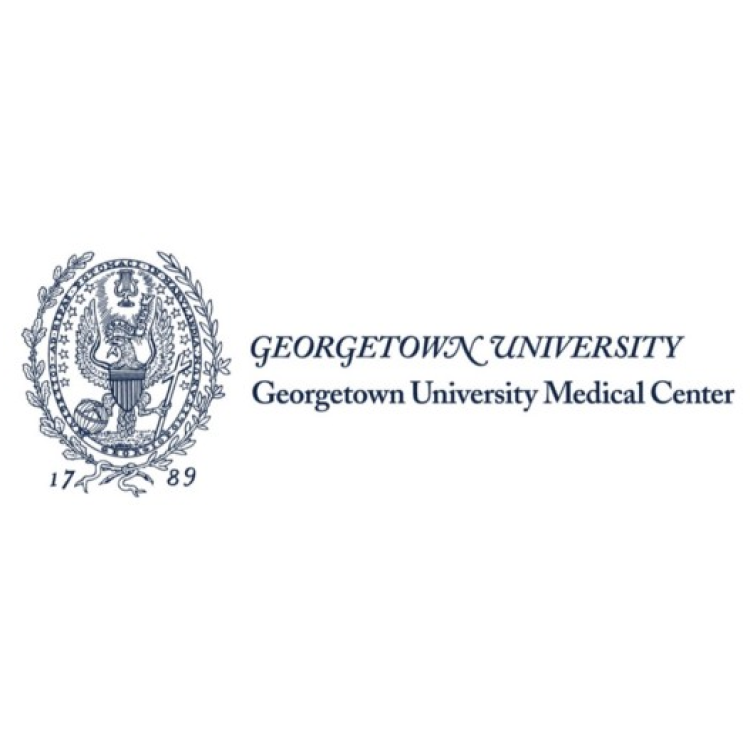
In 1974, the Georgetown University Medical Center authorized the establishment of a cancer center named in honor of…
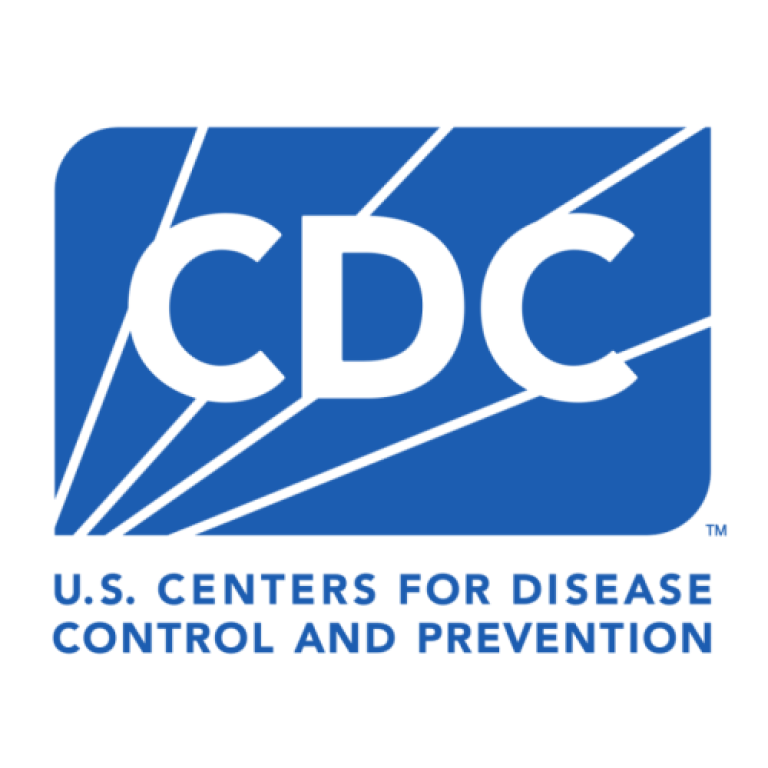
In 1974, the U.S. Centers for Disease Control and Prevention (CDC) began investigating liver cancer deaths in Louisville,…

In 1974, the U.S. Centers for Disease Control and Prevention (CDC) began to monitor trend rates for hospital-acquired…
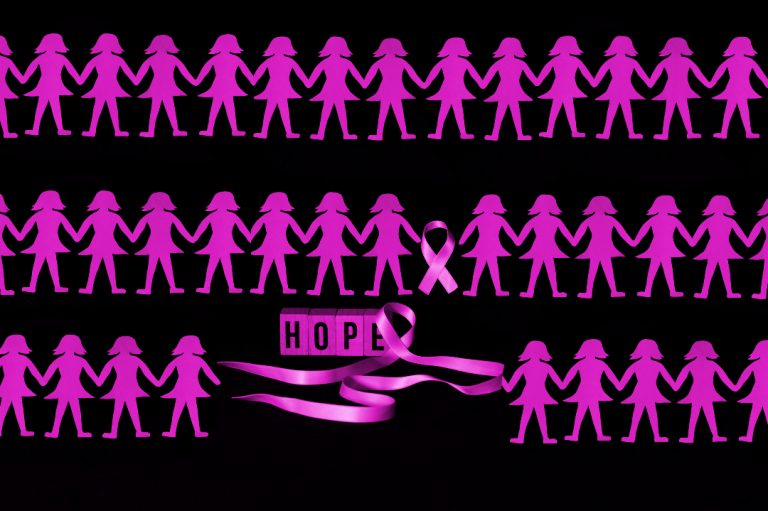
In 1974, the National Cancer Institute (NCI) chose the Pacific Health Research Institute (PHRI) to undertake the ‘Breast…

In 1974, Straub Medical Research Institute (SMRI) was renamed the Pacific Health Research Institute (PHRI) to better reflect…
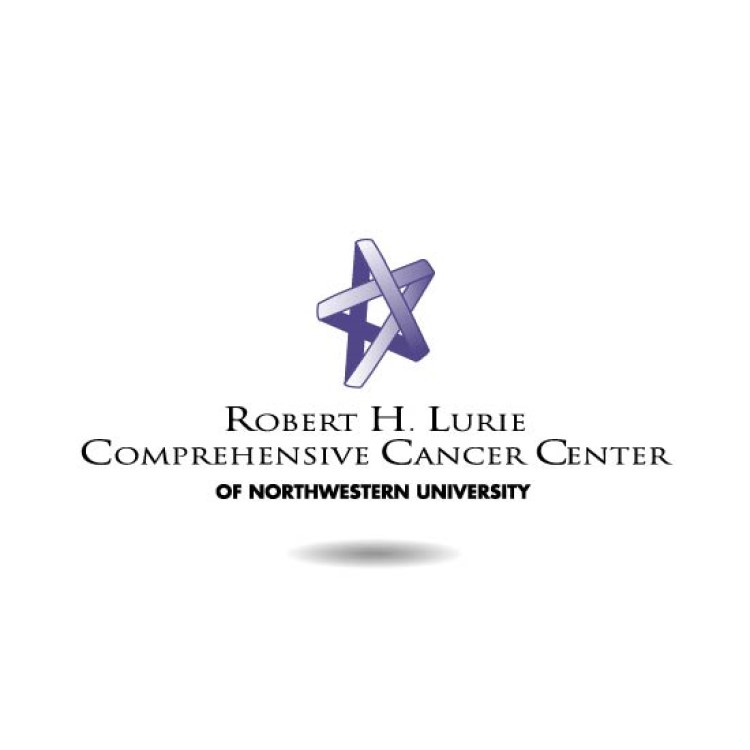
In 1974, the Northwestern University Cancer Center was founded. Now known as the Lurie Cancer Center, it is…
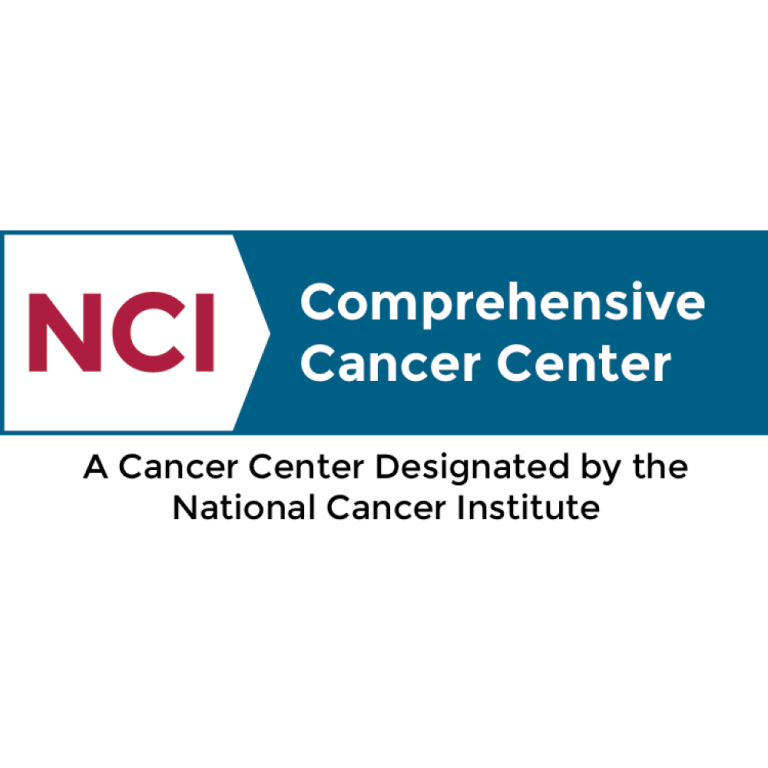
In 1974, The Massachusetts Institute of Technology (MIT) Center for Cancer Research (CCR) received National Cancer Institute (NCI)…
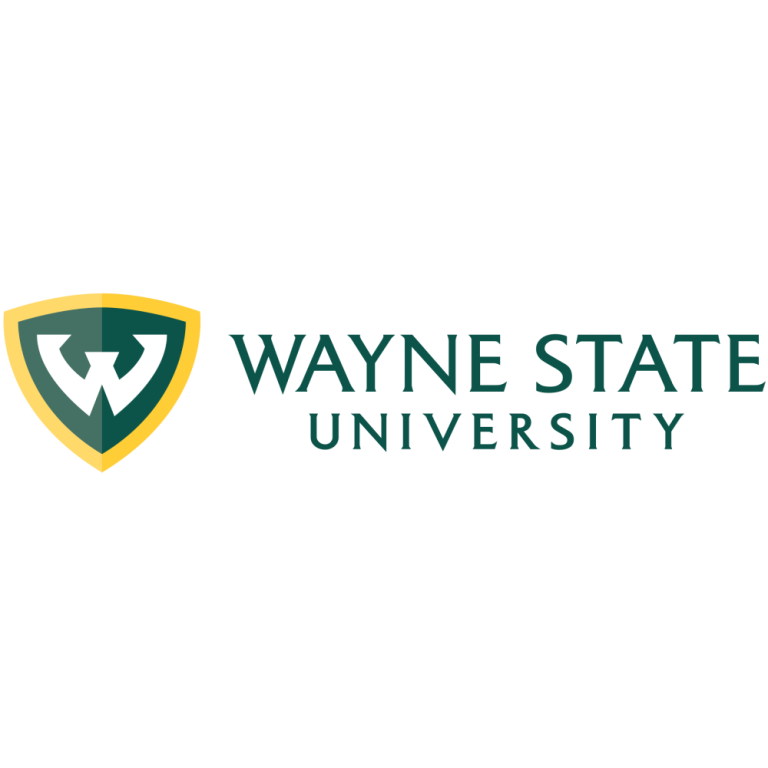
In 1974, the Michigan Cancer Foundation and Wayne State University formed a Joint Committee for Cancer Studies and…
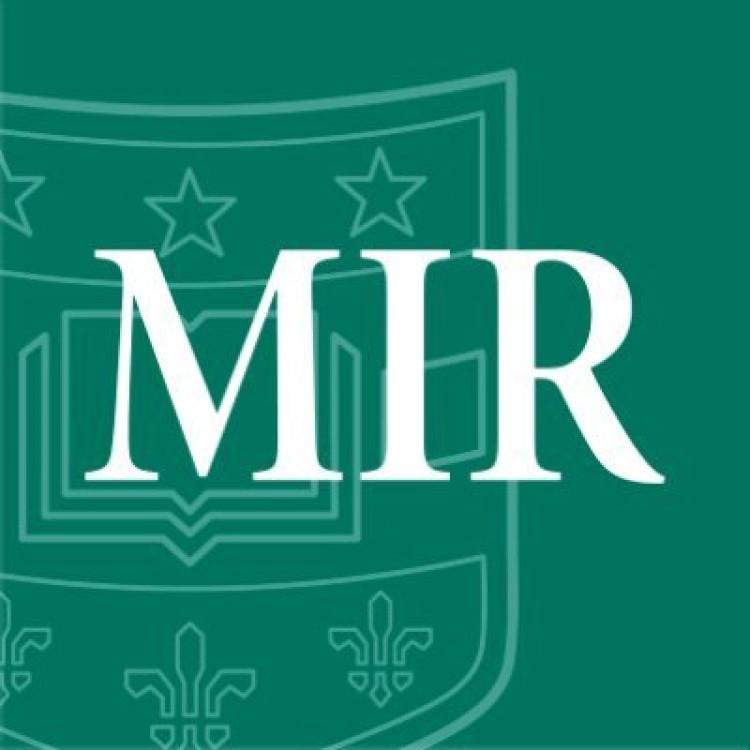
In 1974, the Mallinckrodt Institute of Radiology in St. Louis partnered with London’s EMI, Ltd. to develop a…
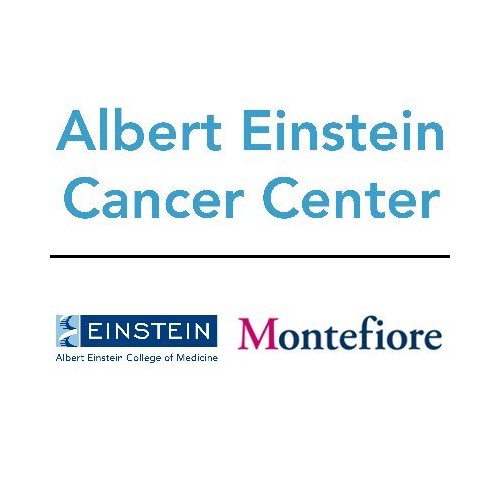
In 1974, Albert Einstein Cancer Center’s Liver Research Center — now the interdisciplinary Marion Bessin Liver Research Center…
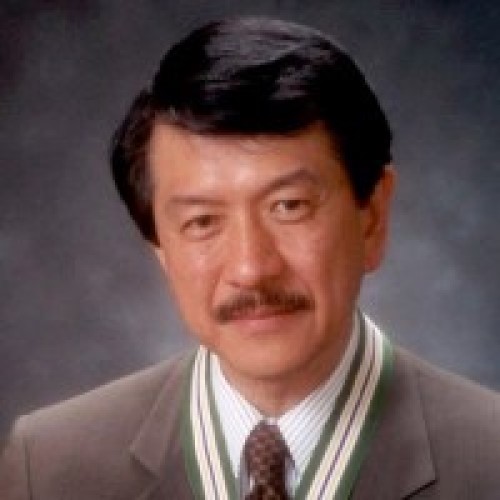
In 1974, Dr. Victor Ling at the University Health Network in Toronto identified cell surface glycoprotein as a…

In 1974, Professor Philip Seeman MD, PhD, DSc FRSC, Order of Canada, an ACNP Member Emeritus reported the…
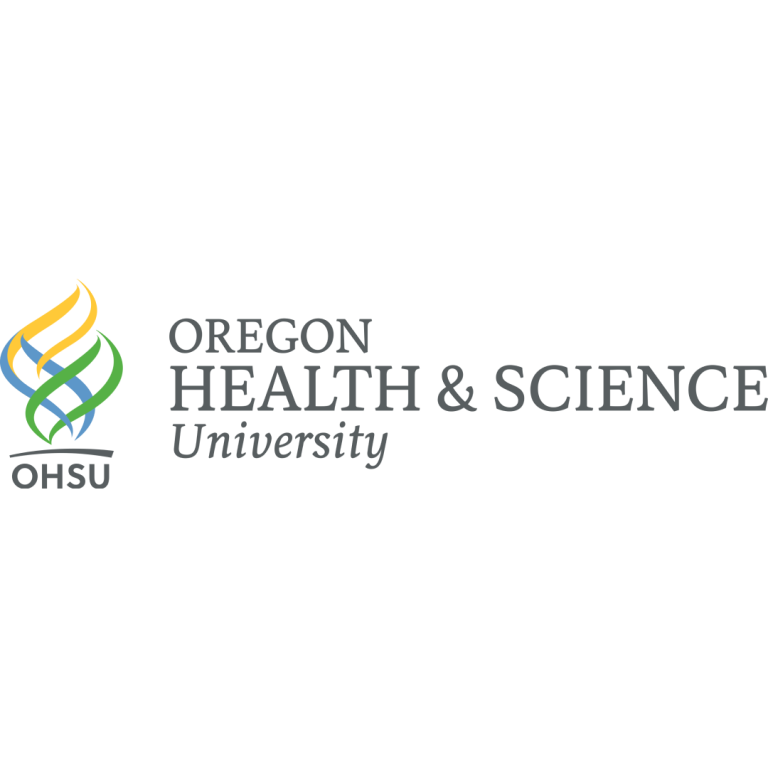
In 1974, the University of Oregon Health Sciences Center (OHSU) was formed as an independent institution under the…

On Nov. 28, 1973, the Environmental Protection Agency (EPA) Administrator Russell E. Train announced the final regulations to…
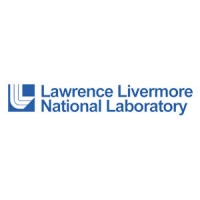
In Nov. 1973, Dixy Lee Ray, Chairperson of the Atomic Energy Commission, visited Livermore. Ray, an american scientist…
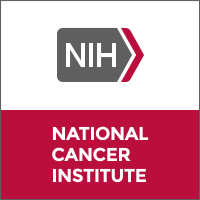
On Sept. 5, 1973, the President transmitted to Congress the first annual report of the director of the…
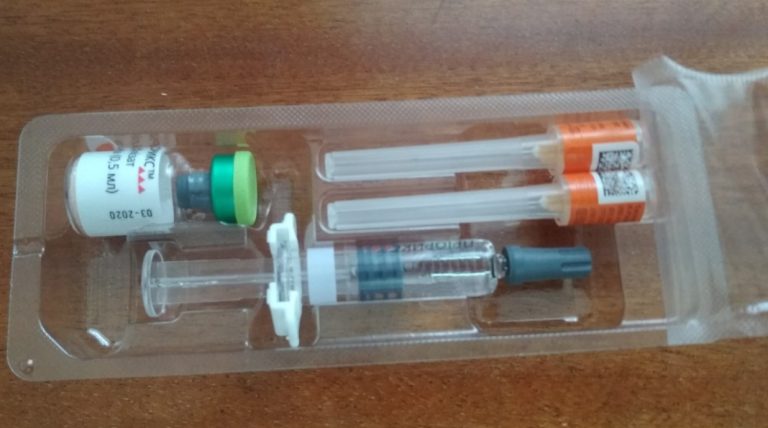
On Apr. 22, 1971, the measles, mumps, and rubella virus (M-M-R II) vaccine Live developed by Maurice Hilleman was…
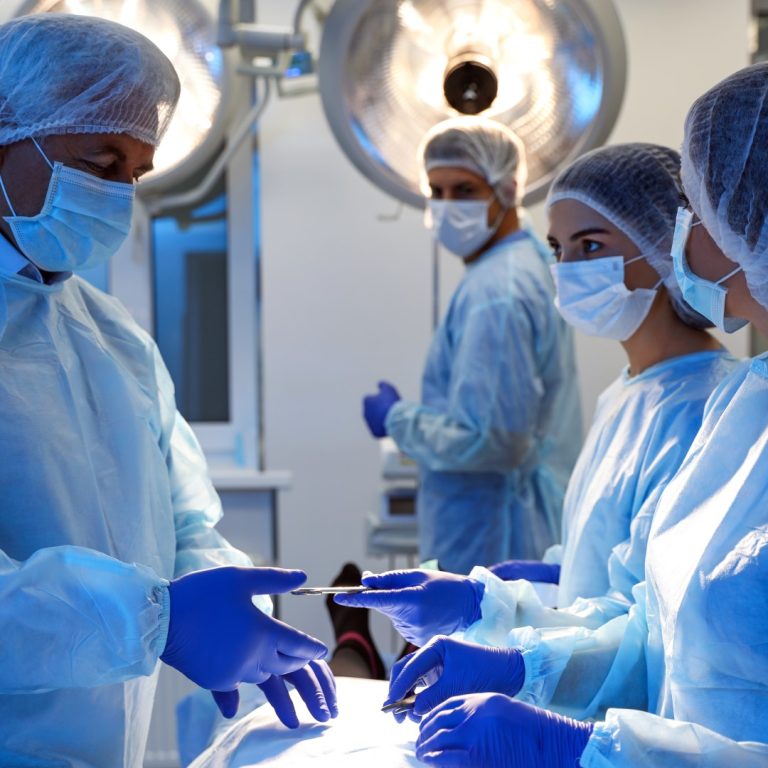
In 1973, the Society for Surgical Oncology and Oncology Nursing Society were founded after the first National Cancer…
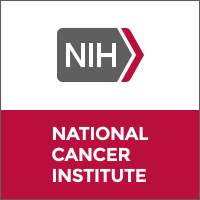
On Jun. 20, 1971, National Cancer Institute director Dr. Frank J. Rauscher, Jr., announced that eight institutions were…
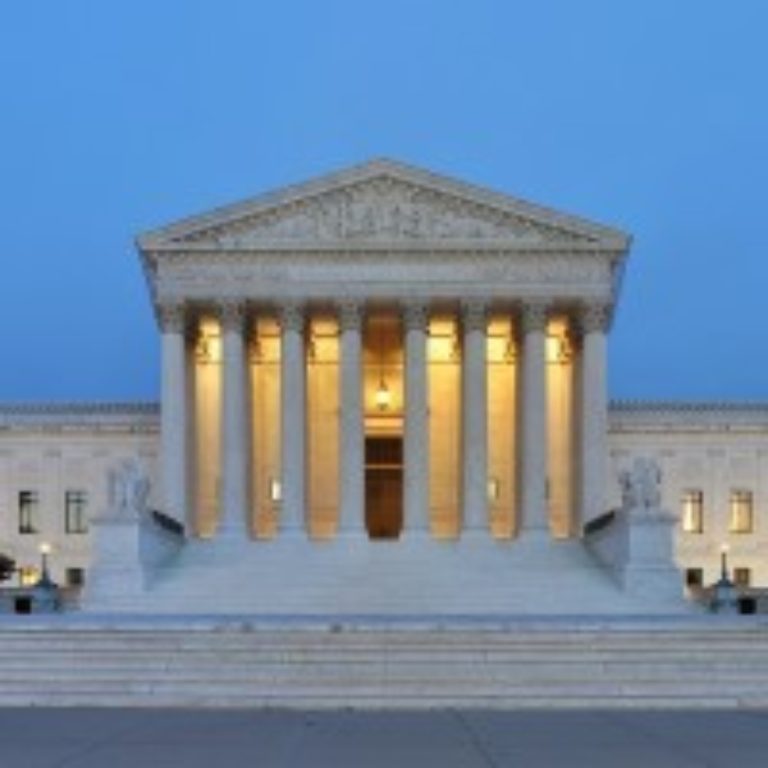
On Jun. 18, 1973, the U.S. Supreme Court upheld the 1962 drug effectiveness law and endorsed Food and…

On Jun. 9, 1973 Secretariat won the Belmont Stakes by 31 lengths and a time of 2:24 flat,…